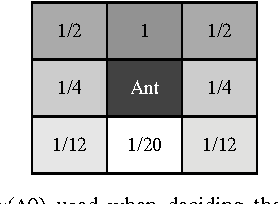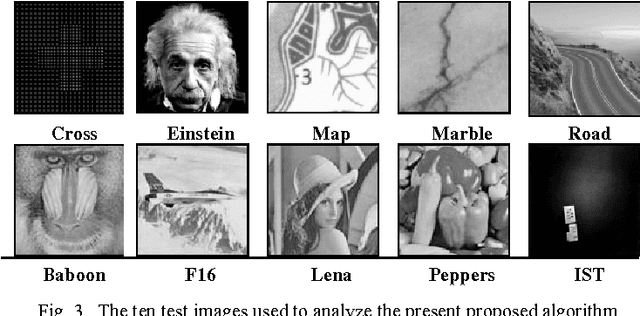Self-Regulated Artificial Ant Colonies on Digital Image Habitats
Paper and Code
Dec 01, 2005



Artificial life models, swarm intelligent and evolutionary computation algorithms are usually built on fixed size populations. Some studies indicate however that varying the population size can increase the adaptability of these systems and their capability to react to changing environments. In this paper we present an extended model of an artificial ant colony system designed to evolve on digital image habitats. We will show that the present swarm can adapt the size of the population according to the type of image on which it is evolving and reacting faster to changing images, thus converging more rapidly to the new desired regions, regulating the number of his image foraging agents. Finally, we will show evidences that the model can be associated with the Mathematical Morphology Watershed algorithm to improve the segmentation of digital grey-scale images. KEYWORDS: Swarm Intelligence, Perception and Image Processing, Pattern Recognition, Mathematical Morphology, Social Cognitive Maps, Social Foraging, Self-Organization, Distributed Search.
 Add to Chrome
Add to Chrome Add to Firefox
Add to Firefox Add to Edge
Add to Edge